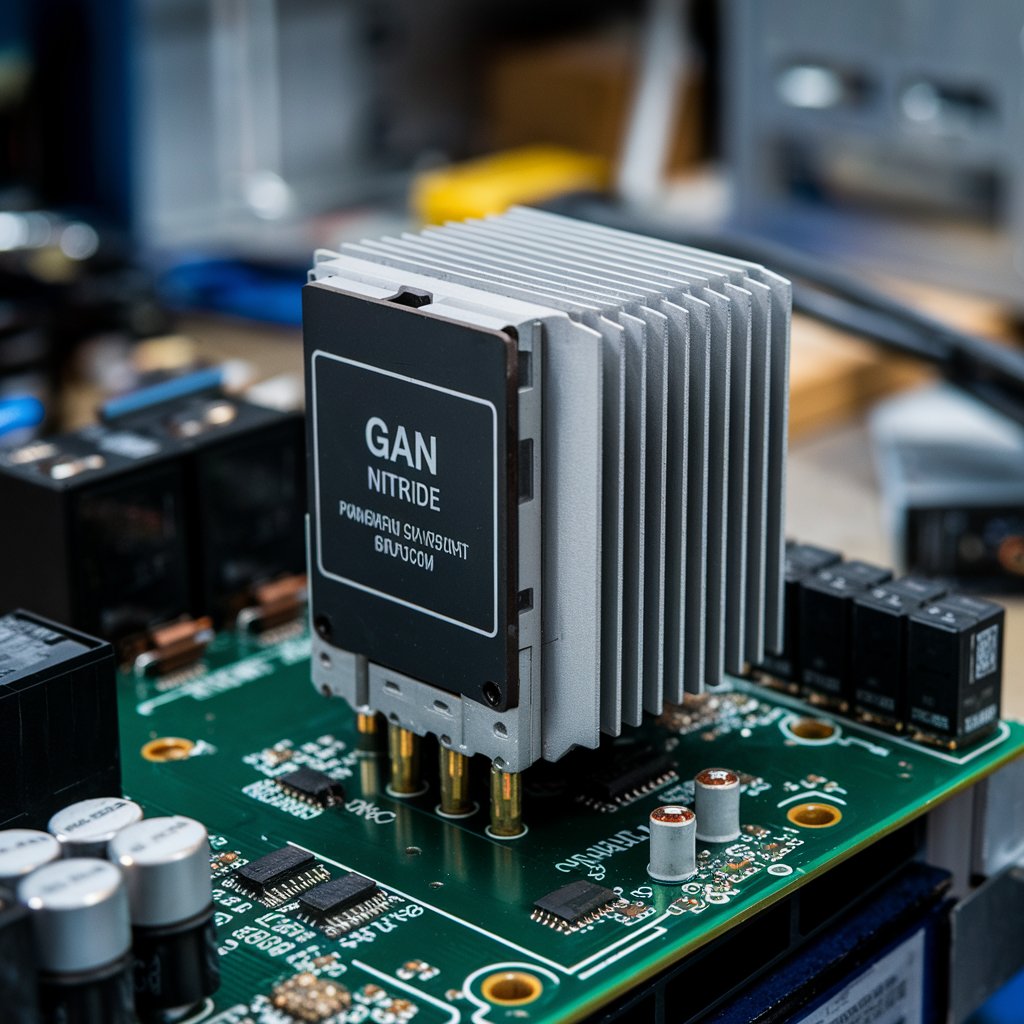The GaN (Gallium Nitride) semiconductor device industry is rapidly transforming the electronics landscape, providing innovative solutions that meet the growing demands for efficiency, power, and sustainability. As this technology evolves, it brings numerous benefits that impact a wide range of sectors. Let’s delve into some of the key advantages of GaN semiconductors and their implications for the future.
GaN Semiconductor Device Industry Outlook
The GaN Semiconductor Device industry is expected to reach USD 28.3 billion by 2028 from USD 21.1 billion in 2023, at a CAGR of 6.1% during the 2023–2028 period. The major factors driving the market growth of the GaN semiconductor device market include rising application in energy & power industry and growing need for compact designs in various industries. Additionally, the ongoing technological advancements in GaN semiconductor devices provide growth opportunities to the market players.
1. Superior Power Density
One of the most compelling benefits of GaN semiconductors is their superior power density. GaN devices can handle more power in a smaller footprint compared to traditional silicon devices. This means that electronic systems can be made more compact without sacrificing performance.
For industries like automotive and telecommunications, this high power density allows for more efficient use of space, leading to lighter and more portable designs. Imagine a power supply that takes up less room yet delivers more power—this is the promise of GaN technology.
2. Faster Switching Speeds
GaN devices excel in switching speeds, operating at frequencies that are significantly higher than those of silicon-based devices. This capability enables faster data processing and more responsive electronic systems.
In practical terms, this means that devices such as smartphones, laptops, and industrial machinery can perform tasks more quickly and efficiently. The rapid switching also contributes to reduced energy losses, further enhancing overall performance.
3. Robustness in Extreme Conditions
Another advantage of GaN technology is its robustness in extreme conditions. GaN devices can operate effectively at higher temperatures and in harsher environments, making them suitable for demanding applications like aerospace and defense.
This resilience not only extends the lifespan of devices but also reduces the need for extensive cooling systems and other protective measures. As a result, manufacturers can design more reliable and durable products.
4. High Efficiency in Power Conversion
GaN semiconductors are particularly well-suited for power conversion applications. Their ability to minimize energy losses during conversion processes makes them ideal for use in power supplies, inverters, and chargers.
This efficiency is crucial in various sectors, such as renewable energy, where maximizing energy output is essential. For instance, GaN technology improves the performance of solar inverters, helping to convert more solar energy into usable electricity and contributing to a greener future.
Download PDF Brochure @ https://www.marketsandmarkets.com/pdfdownloadNew.asp?id=698

5. Support for Energy Transition
The GaN semiconductor technology plays a vital role in the global shift toward renewable energy and energy-efficient technologies. By enabling higher efficiency and performance, GaN devices support the development of sustainable energy solutions.
As governments and businesses worldwide focus on reducing carbon emissions, the demand for energy-efficient technologies is on the rise. GaN semiconductors are uniquely positioned to facilitate this transition, making them a key player in the fight against climate change.
6. Cost Reductions Over Lifecycle
While the initial investment in GaN technology may be higher than that for silicon devices, the long-term cost benefits are significant. The enhanced efficiency leads to lower energy bills, and the reduced need for cooling and maintenance can lead to substantial savings over time.
Additionally, as manufacturing processes improve and scale, the costs associated with GaN devices are expected to decrease, making them a more attractive option for a wider range of applications.
7. Innovation in Emerging Technologies
The GaN semiconductor industry is driving innovation in emerging technologies, such as electric vehicles (EVs), smart grids, and the Internet of Things (IoT).
In EVs, for example, GaN technology enhances the efficiency of powertrains and charging systems, enabling faster charging times and longer ranges. In smart grids, GaN devices improve energy distribution and management, contributing to more reliable and efficient energy systems.
8. Growing Market Demand
As the demand for high-performance electronics continues to rise, the GaN semiconductor market is expanding rapidly. Industries such as consumer electronics, telecommunications, and automotive are increasingly recognizing the benefits of GaN technology.
This growing market demand is driving investments in research and development, further accelerating advancements in GaN technology and expanding its applications across various sectors.
The benefits of the GaN semiconductor device industry are substantial, from superior power density and faster switching speeds to robust performance in extreme conditions and support for energy transition. As industries seek more efficient and sustainable solutions, GaN technology is set to play a pivotal role in shaping the future of electronics. By embracing GaN, we can look forward to a world where devices are not only more powerful and compact but also aligned with global sustainability goals.
